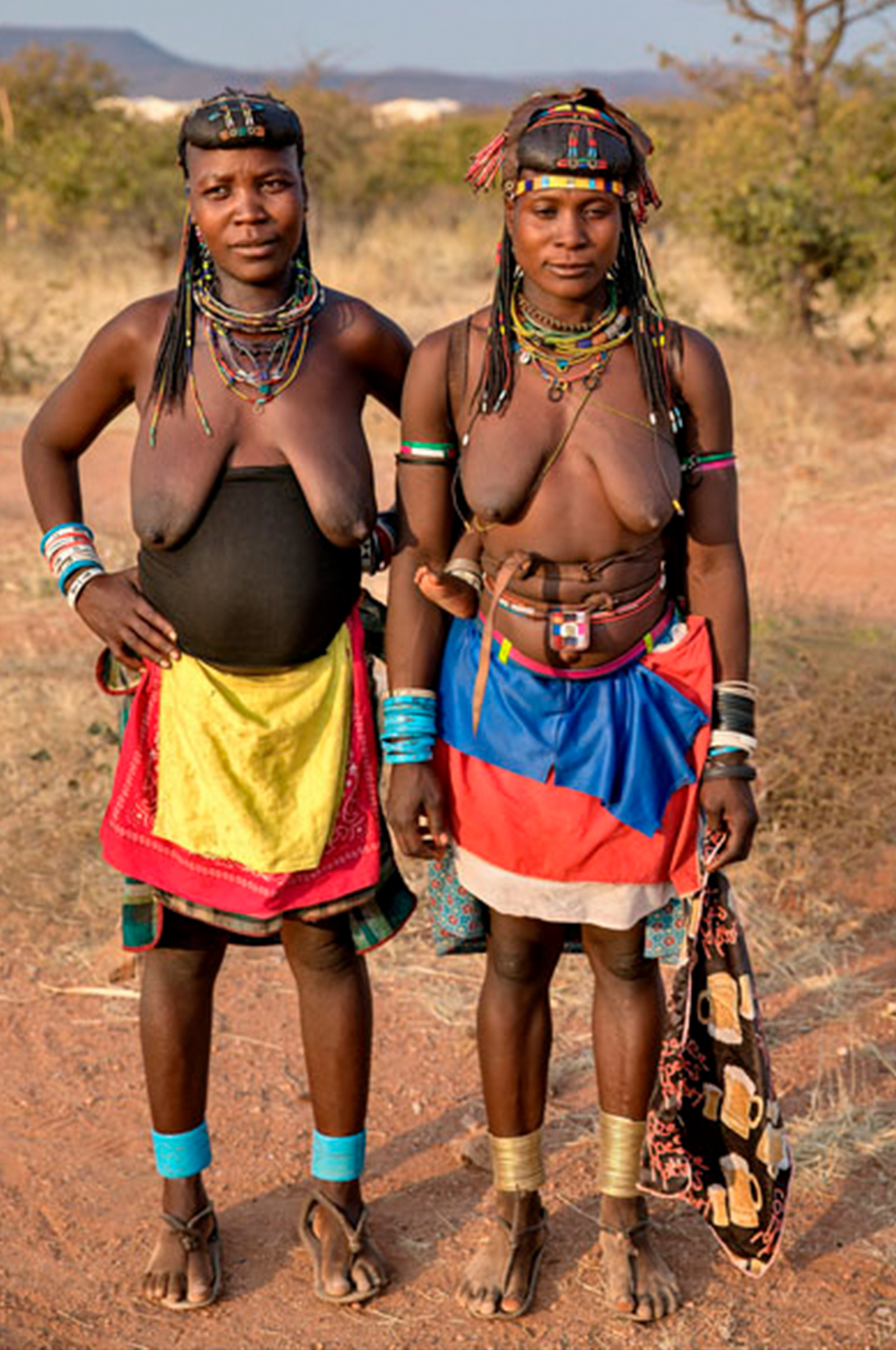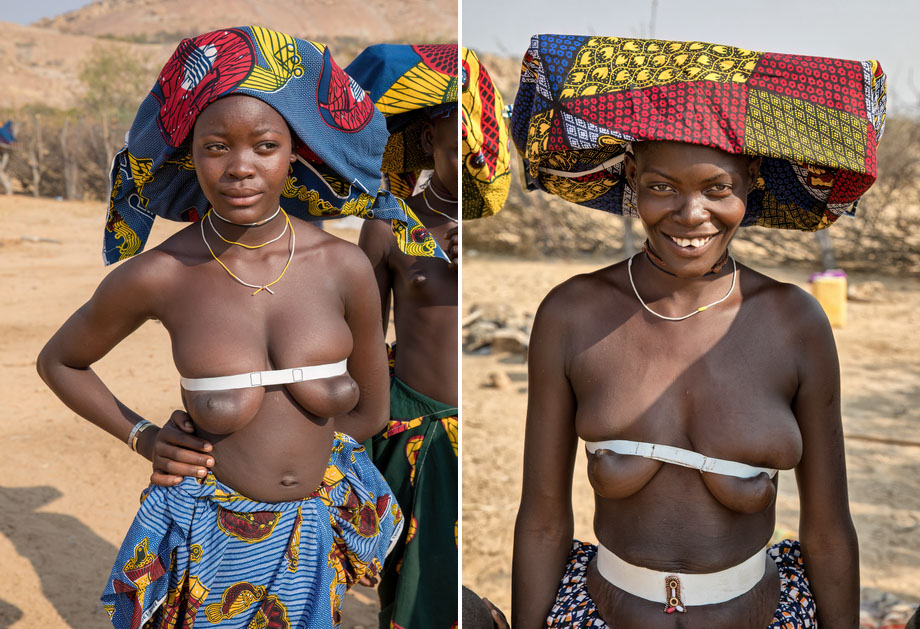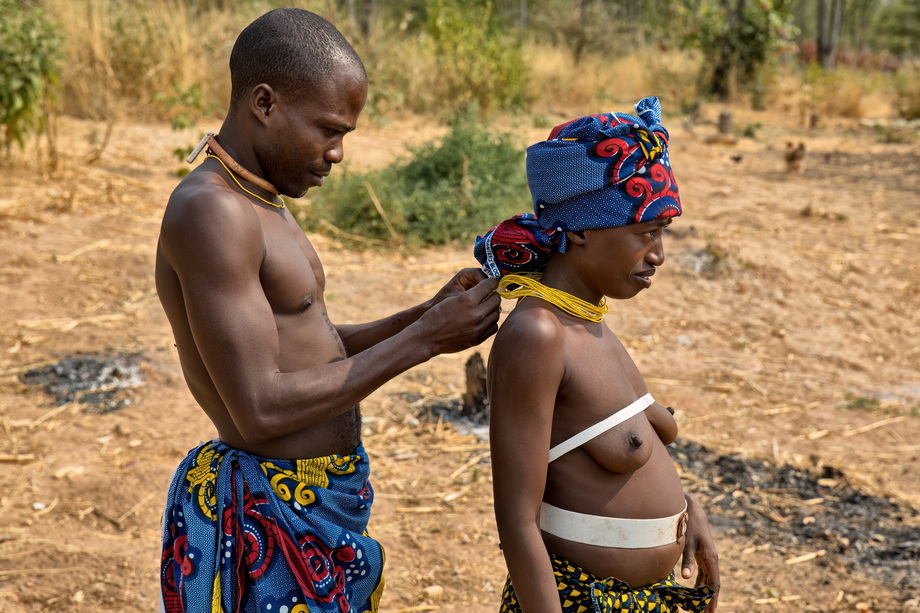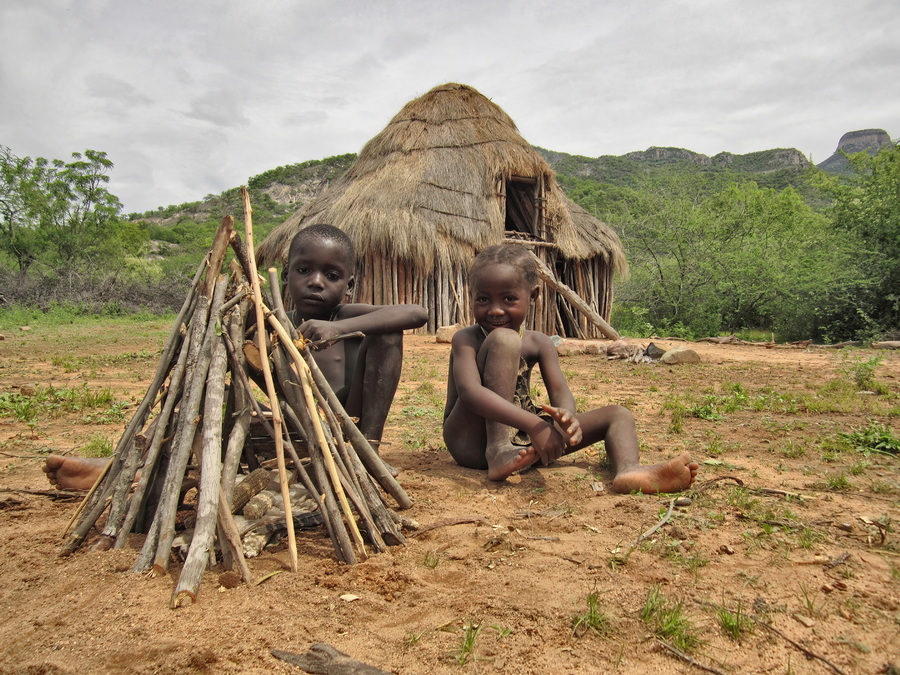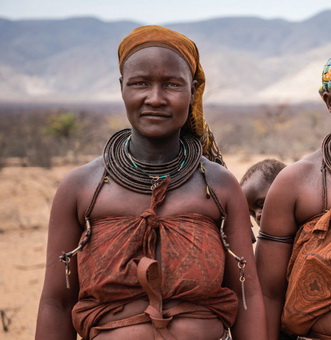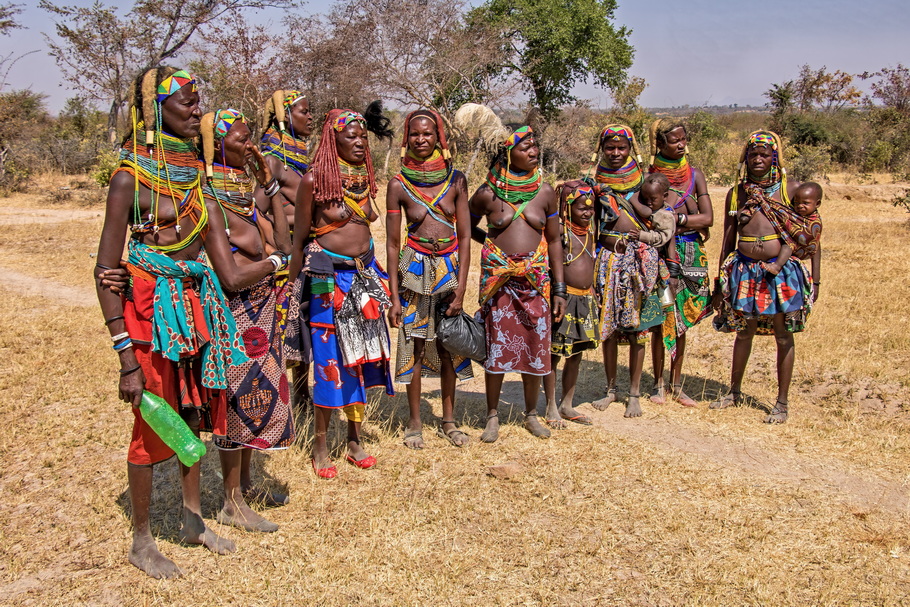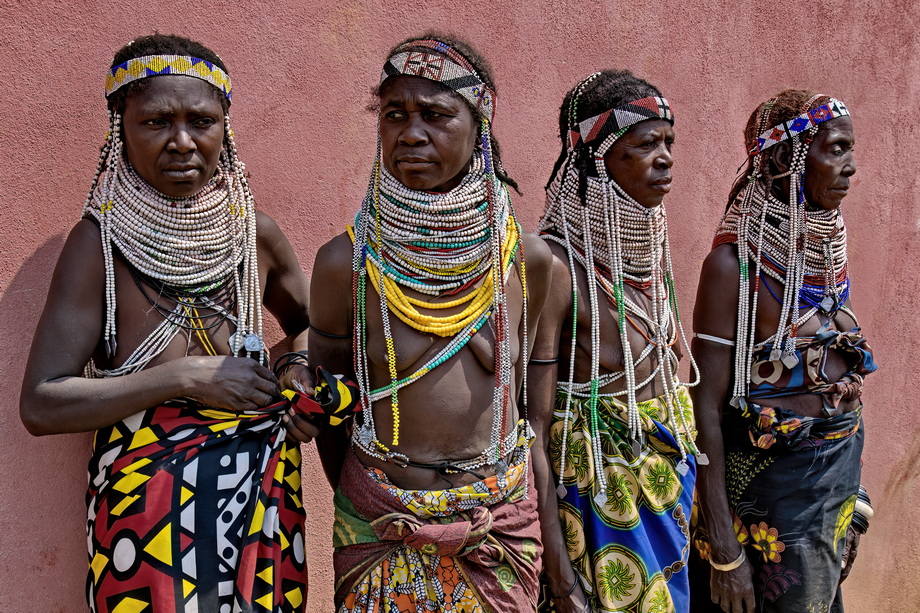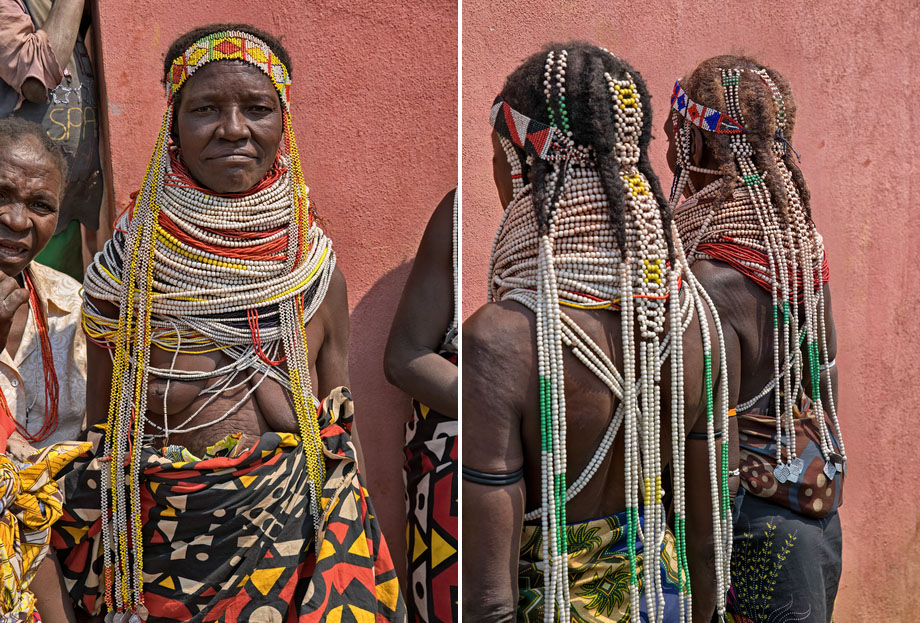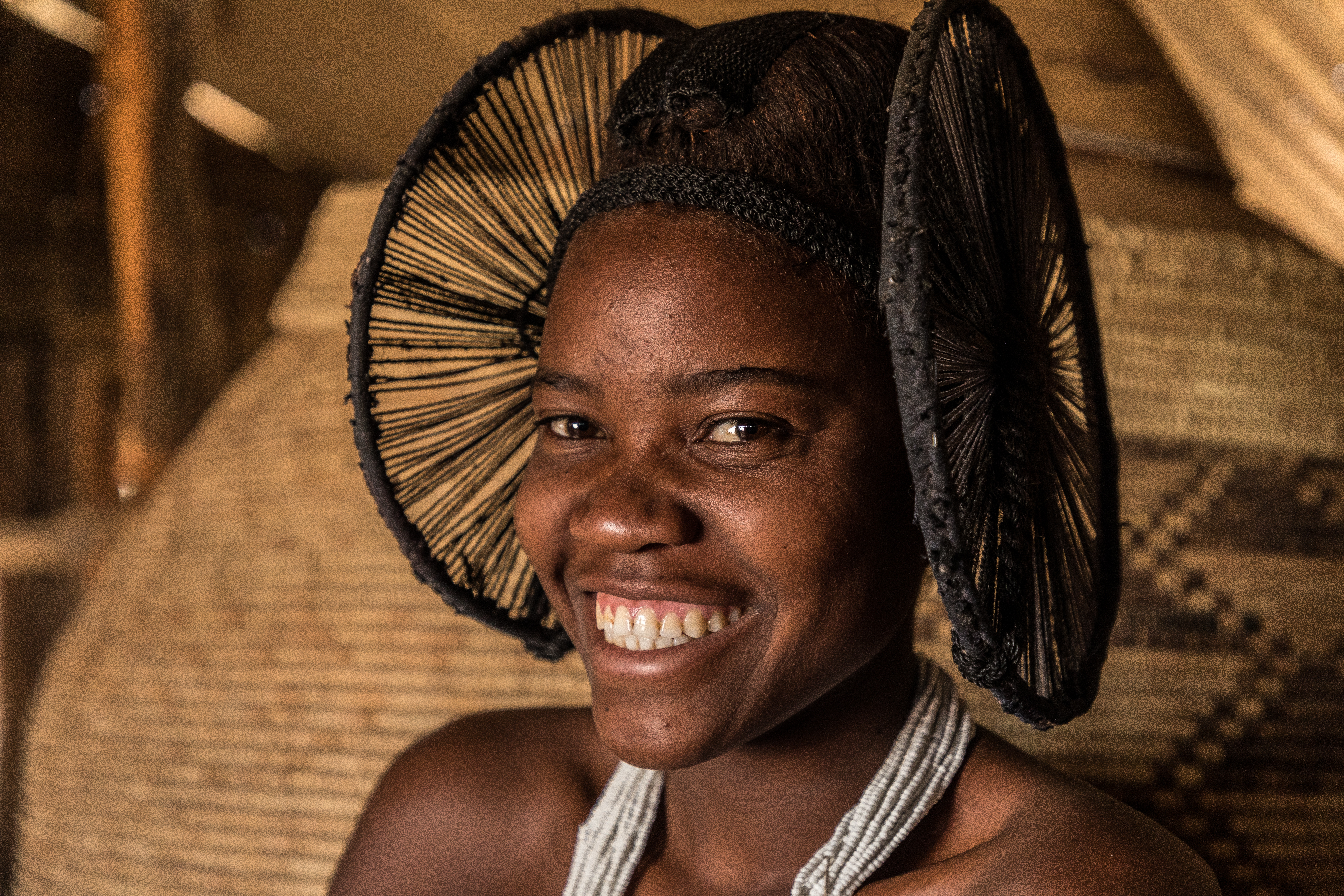TRIBES HUILA, NAMIBE AND CUNENE
After 15 years of exploration and investigation we have met 16 different tribes in Southwest Angola. Each one of these tribes is unique and we try to preserve their identity through responsible tourism. At Last Tribes Angola we have divided these 16 tribes in 3 social and economic categories: Angola traditional tribes concentrate in 3 provinces of the Southwest: Huila, Namibe and Cunene.
3 factors have preserved these tribes from foreign influences:
-
1-Remote territory and desert or semi-desert ecosystem.
-
2-Policy of Closed District / Distrito Fechado during Estado Novo (1933-1974)
-
3-Civil War (1975-2002)
Angola’s 16 Southwest tribes are divided in 3 socio-economic groups:
- 1-Hunters & Gatherers (Pre-Bantu nomadic groups)
- 2-Herders (Bantu Herero speaking nomadic groups)
- 3-Peasants (Bantu Nyianeka speaking semi-nomadic and sedentary groups)

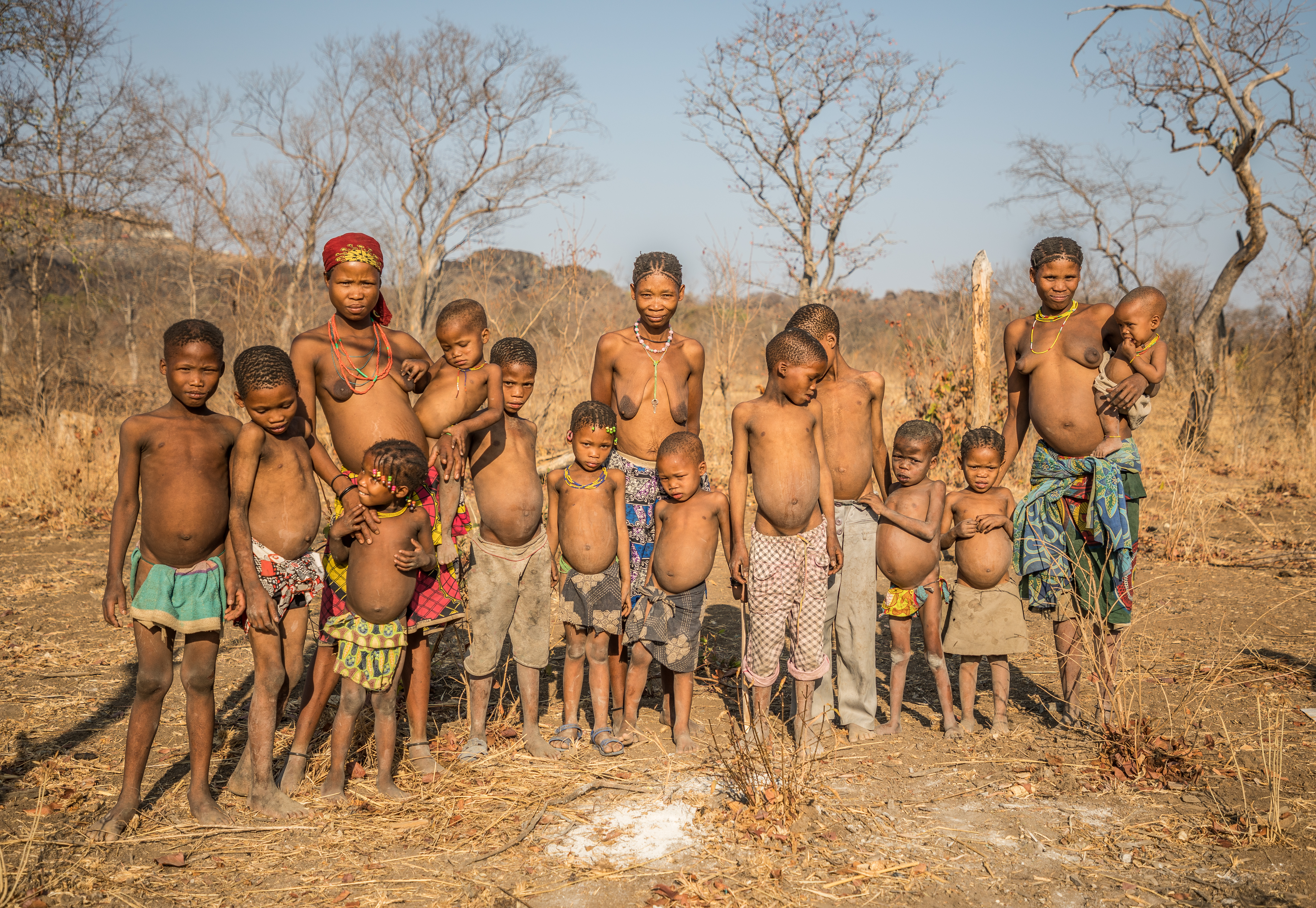
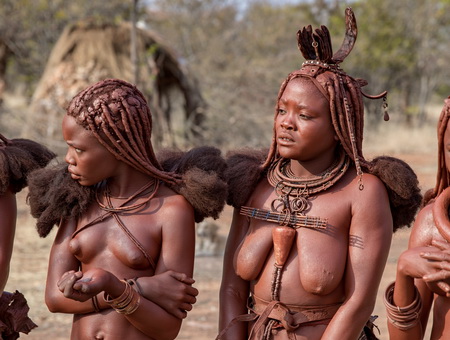
.jpg)
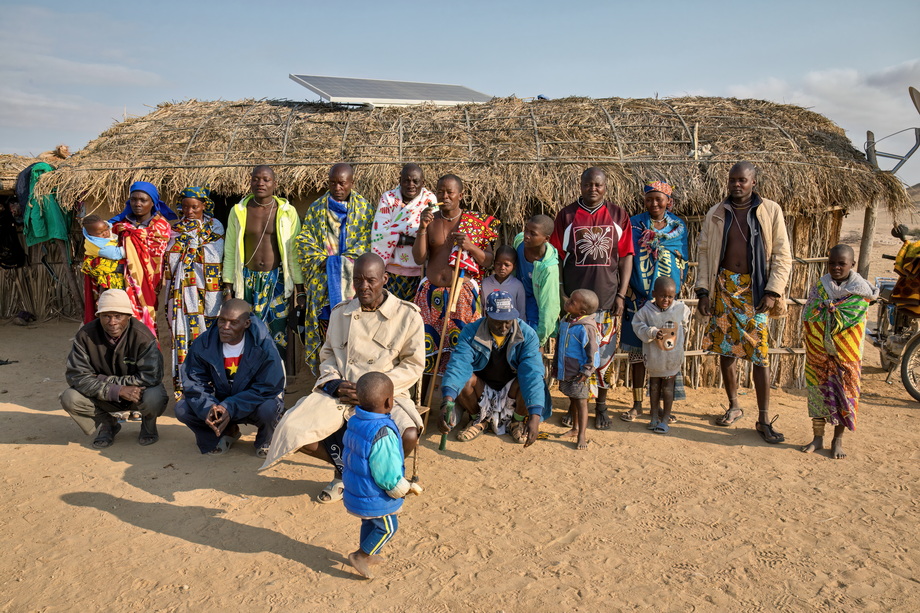
.jpg)
.jpg)
.jpg)
.jpg)
.jpg)
.jpg)
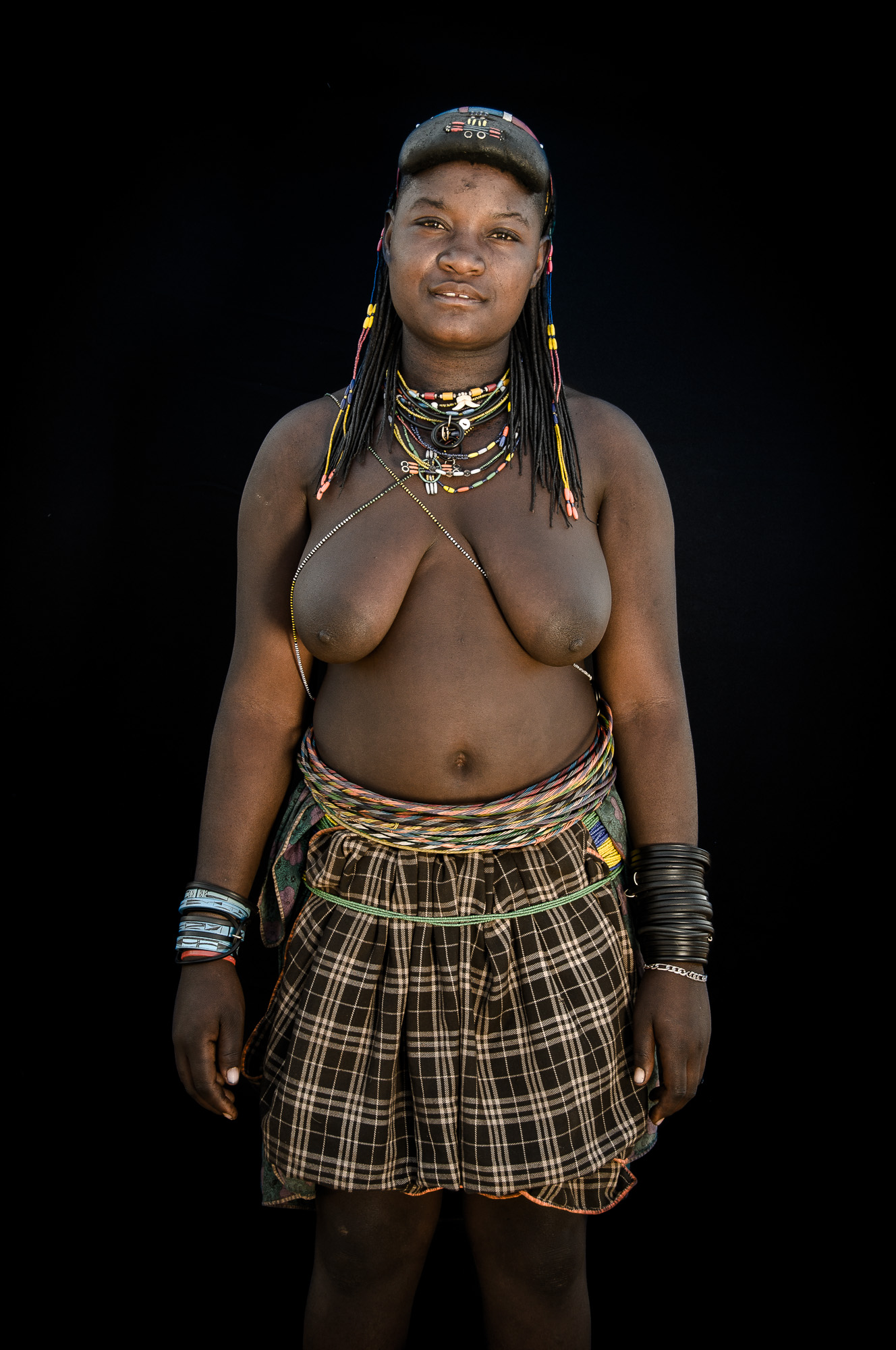
.jpg)
.jpg)
